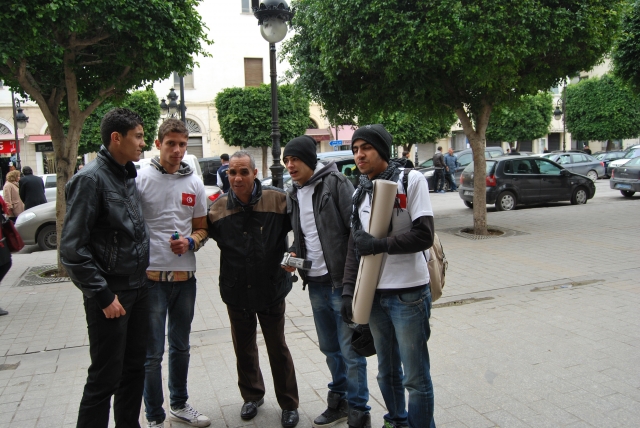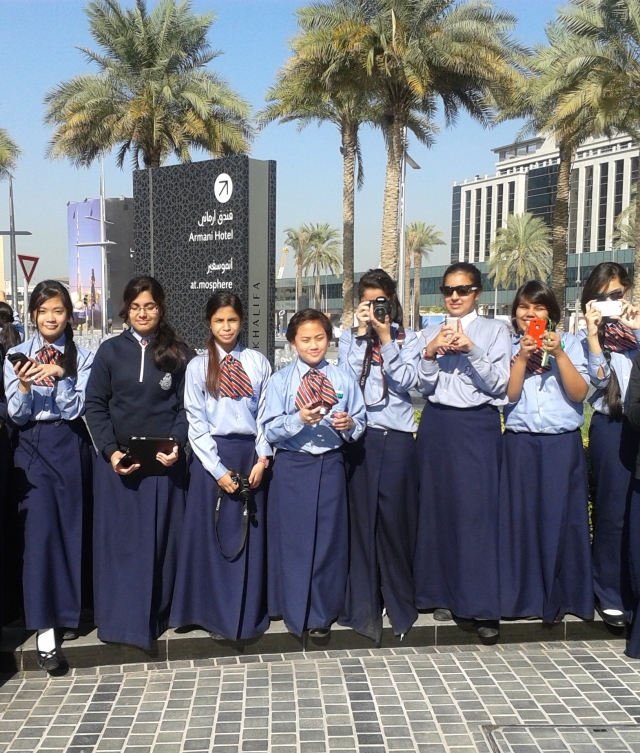Civic Education
In this theme area, youth examine the rights, duties, and engagement of citizens by researching and comparing laws, elections, and governments across countries. In civic education projects, students may conduct service-learning activities, write letters to government officials, and create shared journals, photo-essays, or videos to engage in the civic process.
CIVICS (Community Voices, Collaborative Solutions)
The CIVICS project serves as platform for young people to evaluate and act on social issues like environment, eradication of poverty girl’s education, and education and literacy relate to their communities. Students plan action projects with their global peers and respond to some of these issues through a process of reflection, dialogue and action. In Tunisia, students studied women’s rights in their country created presentations to share with others so they too could learn about the issues and which organizations are helping to solve them.
Future Citizen Project
In the Future Citizen project, students learn about the rights and duties of citizens through research and community engagement activities. Students first research about laws, elections, and governmental systems in their own country and then complete a service learning activity such as a voter registration drive, volunteering at the polls, or writing letters to government officials about important community issues. As a final project, students create a documentary of their work in a photo essay, video, or multimedia presentation.
“Students learn a sense of responsibility towards their community. They learn about leadership and making decisions at an early age. They also learn to be tolerant of social differences.” ~ Nour, Teacher, Tunisia
 Project Snapshot
Project Snapshot
 Project Title: Future Citizen Project
Project Title: Future Citizen Project
Subject Areas: Government, History
Collaborators: Schools in the U.S. and Tunisia
Project Summary: Students shared the history of their country’s independence and write essays on how independence impacts their lives and communities. Through examining how each country celebrates independence, students learned about each other’s histories, civic rights, and values.
